Imma Prieto has been the director of the Es Baluard Museu d’Art Contemporani de Palma since October 2019, a few months before the pandemic broke out. Elected to the position by an independent jury, through a public procedure, the Catalan art critic and curator is clear that Es Baluard Museu must address all citizens and not just a few.
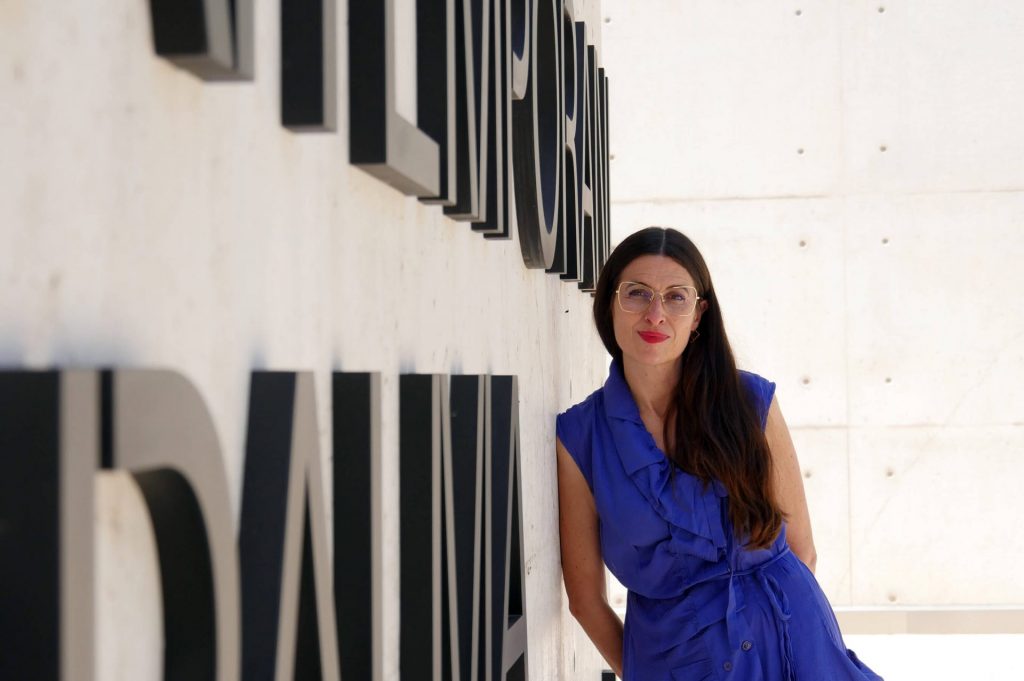
Imma Prieto, Es Baluard Museu director. Photo: Es Baluard Museu.
Since you started in the position, what have been the challenges or main lines of work?
Precisely the fact of landing in the office and breaking into the pandemic has forced the work lines to have been modified. Even today we continue to learn and try to envision how we will get out of this. As for the lines of action, I was clear about them and I conceive them looking at the past, the present and the future. The past I describe through memory, collection and archive. Memory as the traces from which to learn. Heritage is our memory and forges our identity. The second line has to do with the city, the image and the communities. The city is the construction of different communities and it is necessary to know how to give visibility to all of them through the works of the artists. And the third, more focused on the future: the imaginary. The ability to project a future and rescue those images that may be yet to come and help us to forge a different world from the one we know. All this thought in a transversal way, giving voice to the problems of each era. Of course, with space to talk about the environment, migration, feminisms… These are issues of our time. In any case, if we assume that we are at the service of the citizenry and this, together with the city, is in constant transformation, we have to be willing to modify, transform and listen to these new problems that interest society. Nor can we forget the challenges that the pandemic presents us, we must think about how to continue…
“The city is the construction of different communities and it is necessary to know how to give visibility to all of them through the works of the artists”
This task will be difficult…
It was at first. At all times we have tried to make Es Baluard Museu a safe space and I think we have succeeded. Museums have been shown to be safe places if you comply with current regulations.
Es Baluard Museu has used to be captained by women. Does this feminine vision suit the museum?
Es Baluard is an exception, something that I value very positively. What is important is that all of us, men and women, have a feminist look. You don’t have to be a woman to do this. We started the fight, but there are many feminisms. I do not know how to think if it is not from a feminist position and I think that we must all be aware of how the patriarchal system, which affects both men and women, is ingrained and we are all victims of it. These underlying values in our society are what must be transformed.
“Es Baluard Museu will be mentioned in one of the most important art magazines in the world, ArtForum International”
One of the objectives of the Es Baluard Museu makeover is to internationalize the museum. How do you get to stand out internationally?
With good programming; with the exceptionality, not repeating ourselves; opening ways of research and internationalization and targeting those issues that intercede us all. It is not just about programming a foreign artist, but about working in various layers. I anticipate, for example, that Es Baluard Museu will be mentioned in one of the most important art magazines in the world, ArtForum International. An achievement product of our work, contacting the editors and sending content. They have seen the relevance of what we are doing and there will be a paper review of the exhibition by Tur Costa, an artist to date quite silenced by history.
What is the museum currently working on?
We have just finished “Teresa Margolles. The stone”. A work that the artist has developed in the most disadvantaged neighborhoods of Palma. The people who appeared in the exhibition have come to the museum. Many of them had never come or didn’t even know it existed. The city is everything and we have to work for everyone, not just for an elite, because that is an outdated model. The exhibition “Rafael Tur Costa. The light of the fragment” ends on April 18. We have just inaugurated “Memory of the defense: physical and mental architectures”. The museum sits on the Renaissance walls and we wonder what a wall is, its uses… It is defense architecture, but unfortunately it is still in force, with examples such as Trump’s wall or that of Israel and Palestine. Thus, interesting questions arise such as what or who do we protect ourselves from?
Could you give a preview of the Es Baluard Museu program for 2021?
Next week begins “The parallel utopia. Dream cities in Cuba (1980-1993)”. A project that will be present in a publication linked to the Venice Architecture Biennale. Curated by Cuban Iván de la Nuez, it proposes how to create a better city. Cities have to encourage citizens to improve their living conditions and this exhibition, which has barely had visibility until a year ago, is very interesting not only because of the island relations and the island concept that Mallorca shares with Cuba, but also because it gives voice to these transformations that citizenship demands. In May, once Tur costa is finished, we will have a work to recover local history on mail art and the 70-80 years made by Jaume Pinya. In “Look to see if… Experimental Poetry and Mail Art in Mallorca” reflects the actions that put Mallorca in relation to the whole world, through a very small group of people but of incredible relevance. We have opened a stable line of support for local mid-career artists. This is the case of Toni Amengual, a very young photographer with a marvelous power in his work, who will exhibit at the museum “Flowers of Franco”. And we will close the year with two great initiatives. The first, as a result of the 20 years of the attack on the Twin Towers. An exhibition that passed through New York on the tenth anniversary and that will come to Mallorca by the hand of Elena de Rivero, who lived in New York in 2001. The exhibition raises what this fact has meant for contemporary thought and the relevance of thinking this from Mallorca, an island in the middle of the Mediterranean between Europe, Africa and the Middle East. And we will close the year with a very powerful exhibition entitled “Personae. Masks against barbarism”.
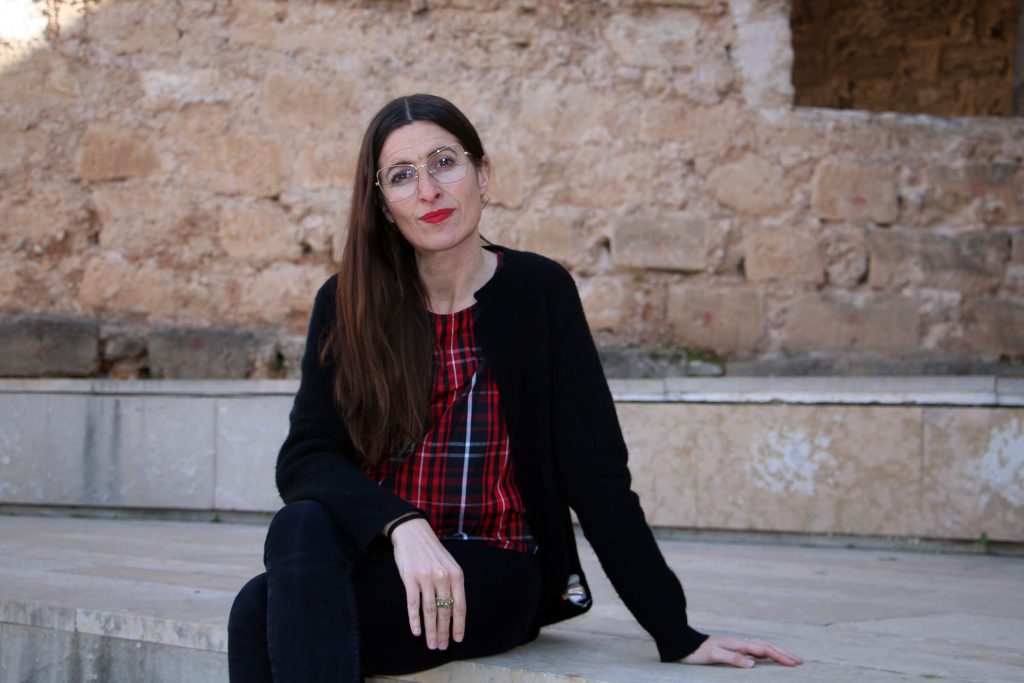
Imma Prieto. Photo: Es Baluard Museu.
How do you combine support for local artists with the programming of international projects?
Things are done by wanting to do them. There is a very powerful generation of artists in Mallorca and you have to support them. I have told you about Toni Amengual, but I could tell you about Lara Fluxà, Bel Fullana, Tomas Pizá, Nauzet Mayor… The museum is there to generate ideas and awaken the critical spirit.
Do you think this critical spirit is asleep?
There are people who have it more awake and people who less. This critical capacity is implicit in the human being and you have to want to activate it. There are some very well thought out communication devices, with clear lines of action and with the aim of putting people to sleep. You just have to turn on the television to see it. Criticism is not only awakened with art, but with a conversation like this that we are having, opening ourselves to each other, asking each other questions and wanting to see beyond and not just stay on the surface.
Although with the pandemic it will be difficult to talk about data, does the museum have the visitors that you would like to have?
It’s complicated. We are surely facing the worst years in terms of global visitors. But, paradoxically, it will be one of the years with the most local visitors, which have increased by almost 100%. Not only because of the exhibitions but because of all the public programs and parallel activities: seminars, conferences, workshops… They have enjoyed 100% participation since the first proposal that we offered already in a pandemic. Increasing this participation is not only positive, it is the way in which we must continue working.
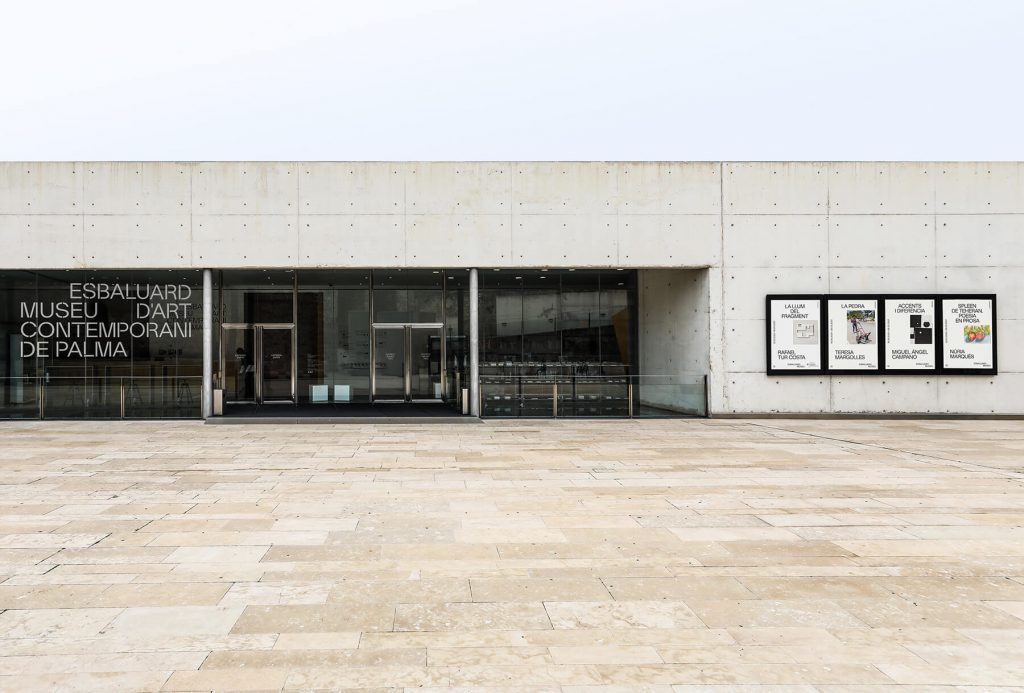
Photo: Es Baluard Museu.

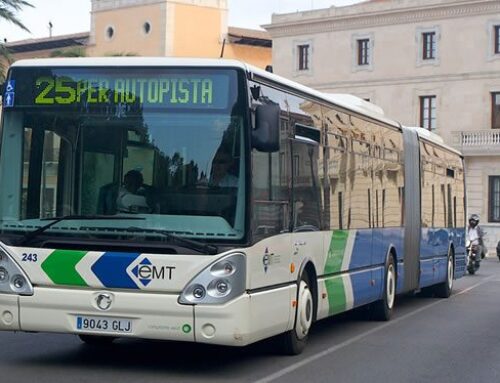
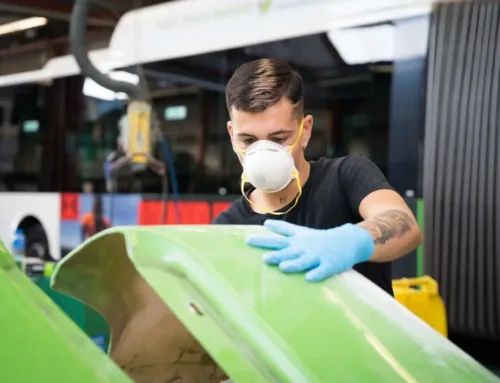
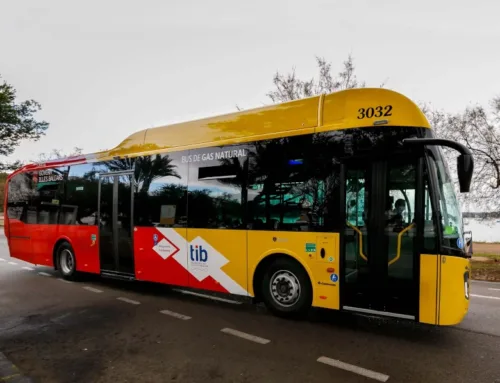
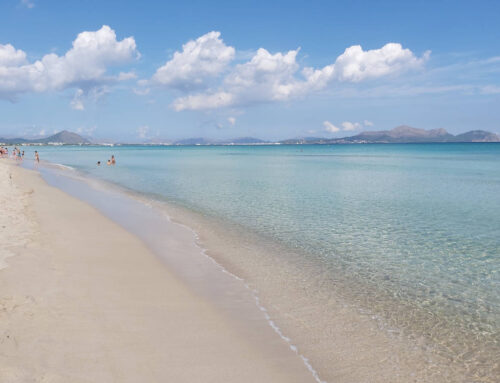
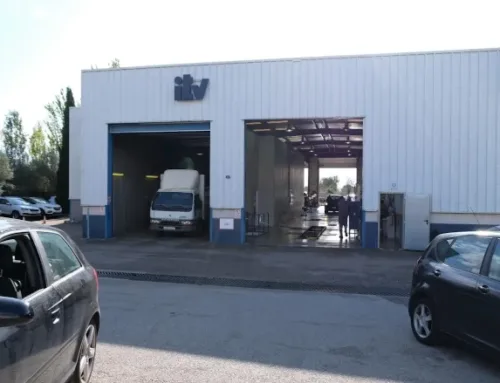

Leave A Comment